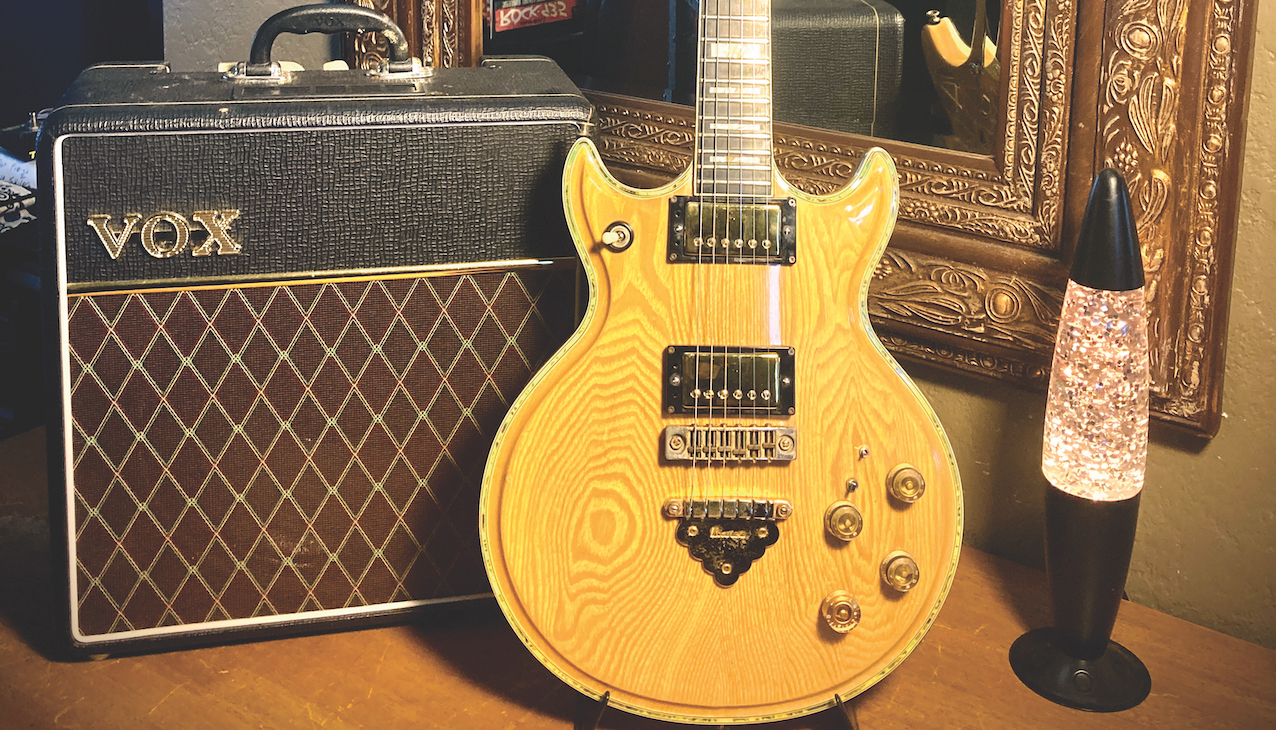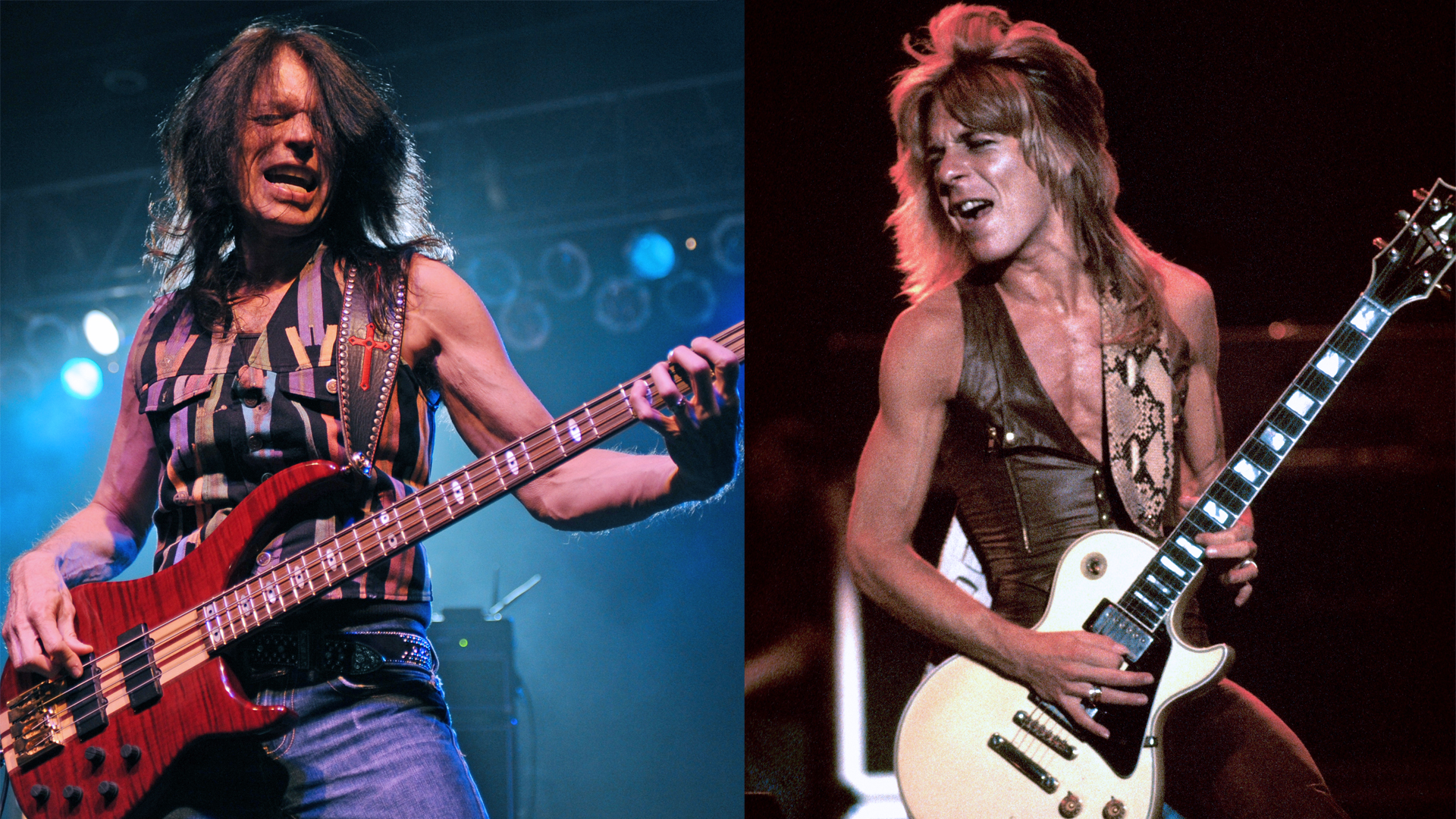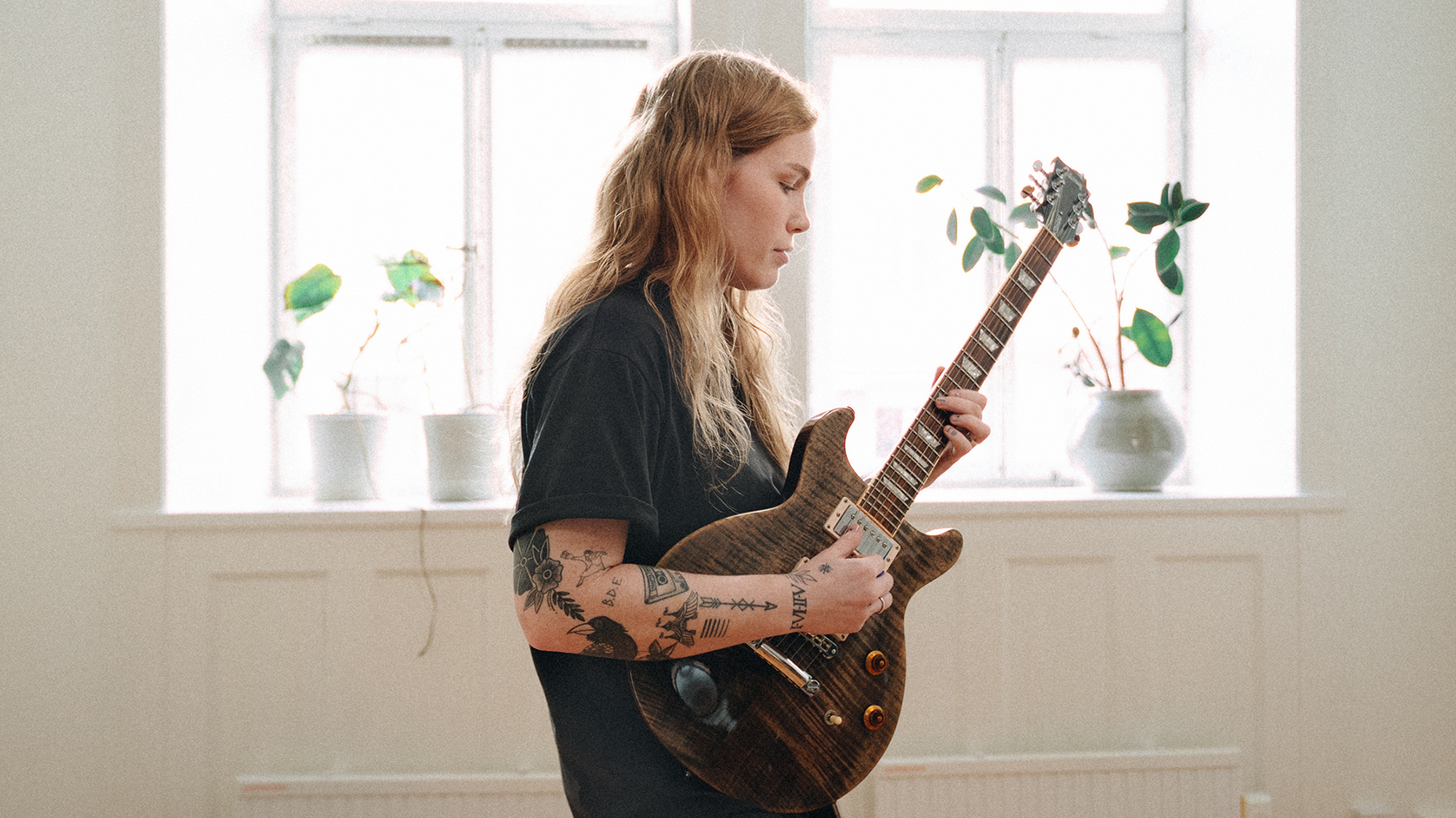“In addition to Steve Miller’s endorsement, Artist-derived signature models hit the stage with Bob Weir, Pat Simmons, Marlo Henderson, and Freddie Stone”: How Ibanez turned a knockoff into a knockout with the Artist Model 2617
Forced to stop copying U.S. guitars, Ibanez launched the all-original Artist line and took America by storm

Among the many guitars that took their design cues from a handful of seminal designs, the Ibanez Artist Model 2617 stood out as distinctly different, even enticingly exotic. And yet it looked undeniably classic.
The golden age of American electric guitar design and manufacture stretched from the early 1950s to the mid ’60s. For Japanese guitars, however, the renaissance didn’t occur until a decade later. Today, nearly a quarter of the way through the 21st century, players are again appreciating the quality and originality that made these late-’70s and early ’80s creations so desirable and successful in the first place.
Many fans of Japanese electric guitars refer to the mid to late ’70s as the “lawsuit era,” a term that references the direct copies of American guitars that arrived from that country just before its guitar makers began creating models based on original designs.
In truth, Gibson rarely ever filed lawsuits against Japanese manufacturers, as they would have been difficult to pursue and enforce from such a distance. However, the company did sue Elger, Ibanez’s U.S. importer, in 1978, putting the squeeze on any direct copies brought into the American market.
Predictably, Ibanez responded by producing original designs for export to America. In fact, the brand had been designing and building some unequivocally original models before the lawsuit, many of them under the Artist banner, which it had also applied to several guitars that closely aped Gibson’s Les Paul and SG. Copies continued to emerge after 1978 but weren’t shipped to the American market, making it more difficult for Gibson to enforce restrictions imposed by the U.S. courts.

The origin of the Ibanez brand dates to a time shortly after the founding of its parent company, Hoshino Gakki, in Nagoya, Japan, in 1908. Similar to many sellers of affordable guitars in America in the early 20th century, Hoshino Gakki began primarily as a sheet-music distributor and soon after branched into musical instruments by importing reputable classical guitars from Spanish maker Salvador Ibáñez.
By the late ’30s, Hoshino Gakki was making its own guitars, but the company retained the Ibanez brand name on many of them. From there, it largely followed the general trends in guitar design, going big into electrics following the guitar boom of the 1960s.
Get The Pick Newsletter
All the latest guitar news, interviews, lessons, reviews, deals and more, direct to your inbox!
Overseas makers saw that a share of the market was ripe for the taking, and they grabbed it
Early Ibanez electrics looked much like what we expect to see from Japanese guitars of the ’60s, echoing features familiar in guitars from Teisco, Kawai, Fujigen, and others.
By the ’70s, however, the brand’s offerings often reflected accurate takes on the designs of many American makers, perhaps Gibson most prominently. But alongside their cloned looks, these guitars displayed impressive advances in quality that caught the attention of American buyers at a time when the caliber of American-made guitars was in decline.
These overseas makers saw that a share of the market was ripe for the taking, and they grabbed it. Once they proved they could sell successfully in the U.S. market, they demonstrated that they could rival American makers with appealingly original designs.
The distinctive double-cutaway Ibanez Artist guitars were introduced in 1976, and by 1978 the range boasted its own catalog with Steve Miller on the cover and an extensive collection of solidbody, semi-acoustic, and double-neck guitars inside.
The solidbodies may have been tangentially influenced by a marriage of Gibson’s SG and Les Paul, though perhaps not as overtly as the semi-acoustic Artist Model 2629 and 2630 were influenced by the ES-335. Still, they gave the overall impression of originality in everything from body to headstock to hardware (including the easy-load Gibraltar tailpiece and extended-intonation Gibraltar bridge mounted into a brass sustain block). Some even featured unique, elaborate adornments.

The Model 2617 featured here is a case in point. In addition to being made from solid ash (a distinctly non-Gibson wood) with a recessed “German carve” at its body’s edges and a contoured back, it had abalone purfling around the edges of the top, abalone block inlays in the rosewood fretboard, and gold hardware.
The glued-in neck was made from rock maple, and the headstock’s profile was topped with an inset “wing” of sorts, taking it well away from the “open-book” Gibson headstock that got earlier copies into trouble.
Equipped with Ibanez Super 80 pickups when it was made in 1978, this example now features more contemporary PAF-style replacements with gold covers. And while the two mini-toggle switches might look at home on an Artist of the era, they are modifications made by a previous owner to upgrade this Model 2617’s specs to those of the Model 2619.
Built with a more Gibson-esque solid-mahogany body and carved maple top, the 2619 had two three-way mini-toggles to offer full-humbucking, split-coil, and reverse-phase-humbucking sounds from each pickup.

Topping the 2619 in bonus electronics, the Model 2622 was the ultimate “standard” Artist design, and was often referred to as “the Steve Miller model” thanks to his endorsement. The 2622 also had a solid-mahogany body, carved maple top, and abalone and mother-of-pearl block inlays, along with active preamp and EQ stages.
The latter included knobs for bass, midrange, and treble, which could be bypassed if desired, and delivered several decibels of gain from a nine-volt-powered circuit in the preamp.
Lesser seen, and even more elaborate, the Artist Custom Model 2700 was clearly inspired by Alembic guitars, with a laminated maple-and-walnut through-neck, a body made from a sandwich of zebrawood and ash, the active preamp and EQ stages of the Steve Miller model, and the coil switching of the 2619.
Ibanez had even greater success in later years when it began making Superstrat shred machines with pointy headstocks, but the Artist models and their late-’70s siblings established the brand as a professional-quality maker.
In addition to Miller’s endorsement, Artist-derived signature models hit the stage with the Grateful Dead’s Bob Weir, the Doobie Brothers’ Pat Simmons, session guitarist Marlo Henderson, country picker Randy Scruggs, Sly & the Family Stone guitarist Freddie Stone, and others, while John Scofield adopted the 335-like semi-acoustic Artist, which was eventually configured for him as a Signature model.
Essential ingredients
• Double-cutaway body made from solid ash
• German-carved top, contoured back
• Glued-in maple neck with 24.75” scale length
• Abalone top purfling and block fingerboard inlays
• Dual Super 80 humbucking pickups
• Gibraltar bridge and tailpiece
• Gold-plated hardware
Dave Hunter is a writer and consulting editor for Guitar Player magazine. His prolific output as author includes Fender 75 Years, The Guitar Amp Handbook, The British Amp Invasion, Ultimate Star Guitars, Guitar Effects Pedals, The Guitar Pickup Handbook, The Fender Telecaster and several other titles. Hunter is a former editor of The Guitar Magazine (UK), and a contributor to Vintage Guitar, Premier Guitar, The Connoisseur and other publications. A contributing essayist to the United States Library of Congress National Recording Preservation Board’s Permanent Archive, he lives in Kittery, ME, with his wife and their two children and fronts the bands A Different Engine and The Stereo Field.
Guitar Center's Guitar-A-Thon is back, and it includes a colossal $600 off a Gibson Les Paul, $180 off a Fender Strat, and a slew of new exclusive models
"We tried every guitar for weeks, and nothing would fit. And then, one day, we pulled this out." Mike Campbell on his "Red Dog" Telecaster, the guitar behind Tom Petty & the Heartbreakers' "Refugee" and the focus of two new Fender tribute models













